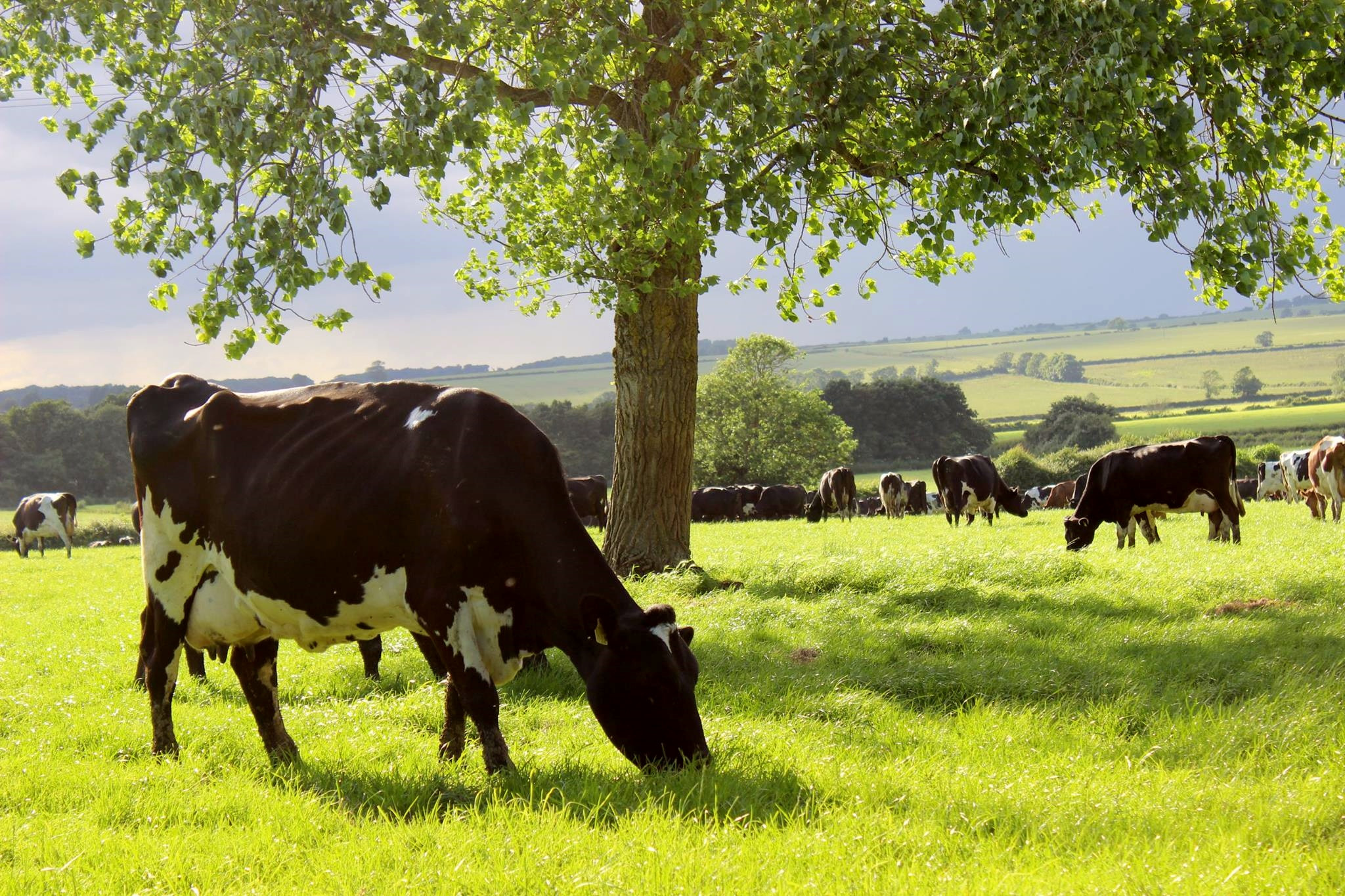News
AF Changemaker: dairying for the future
27 July 2023
I’m Richard Davis and my business name is Chellington Partners. I am one of three partners with my wife, Debbie, and my son James Davis. My family has been farming here for about 65 years and we have grown the business from 50 acres to farming or renting 450 acres.
We’ve got 260 dairy cows having started with eight. So, the business has grown over the years. My daughter Ellie now makes ice cream using milk from the herd as well, which we started in 2020. We now have around 40 local retailers as well as doing weddings, events and selling from a kiosk on the farm. People can come to the farm, sit here and enjoy their ice cream.
Until 2013 we were a high input, high output, Holstein dairy herd. We sold all the pedigree cows and brought in crossbred cows from Cork, Southern Ireland.
We weren’t happy with the amount of soya, wheat and palm oil that we were having to feed the Holsteins. It seemed counterintuitive that we were feeding cows what we should be feeding to humans. We were also finding that it was harder and harder to keep the Holsteins producing milk without using more and more antibiotics.
When we changed our system, we reduced our antibiotic use by 55% and began getting the same number of litres for half the amount of bought-in feed we were using. Now we are a low input, high output grazing dairy cow farm. All the cows are what’s commonly known as pasture-fed.
We have about two kilometres of the Great Ouse river running through the farm. We are particularly keen on caring for our farm, our animals and the environment. That has been the main driver of change for us.
In 2020 we joined Arla’s Regenerative Pilot Farms group. We are looking at ways that we can work with nature more closely by reducing even more of the inputs, particularly fertilisers and pesticides. Using less fertiliser on a dairy farm is quite a challenge but there are organic dairy farms already doing it. So we found we’re sort of heading in that direction.
But it isn’t something that you can just change overnight. It’s something you have to do over a number of years. And we’re looking at various projects within the six farms in the UK to see how we can do that effectively in a dairy system.
Well, on the regenerative side, it’s quite difficult because we obviously have to work with the other force of nature we’ve got no control over: the weather. And the weather certainly created quite a few problems for us this year, being a grass-based system and having no grass! Regenerative farming and farming in general using less inputs, is quite complicated and difficult and it’s interesting that our whole aim now is to improve or make our farm more resilient by improving our soil health.
If we can improve, increase the organic matter in our soils, we’ll be able to increase the amount of water we can retain on the farm after winter to grow grass through the summer. Our whole aim now is to try and have a system that increases organic matter on the farm, in our soils.
I’m currently doing an online soil science course to improve my knowledge. I’ve learned more about the soils in the last six months than I learned throughout my education at University of Nottingham and through my farming life. So, it’s been an interesting journey for me.
We are using less fertiliser and we try not to use too many agrochemicals, which is the direction I hope the whole of the industry will be.
We are trying to reduce our carbon footprint on farm so we put solar panels on our new buildings which we did through AF.
We’ve changed our bedding from straw to sawdust because it produces less manure, and it also produces a better manure because the wood sawdust actually balances out the slurry better when you come to spread it on the farm. Our sawdust comes through AF.
Our seed comes through AF too. We are putting in a lot of herbal and red clover leys. The red clover leys in particular have been very effective this year at producing silage. In fact, our red clover had no fertiliser and actually produced more forage than those that had fertiliser put on them.
The plan is to expand. We can’t really expand the farm here so we’re looking for other farms that we can turn into regenerative dairy farms, working closely with nature and being better for the cows as well.
You might call it regenerative, you might call it something else. We want to continue with the level of output but by using fewer and fewer vital resources.